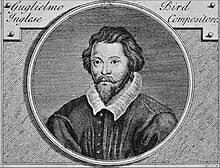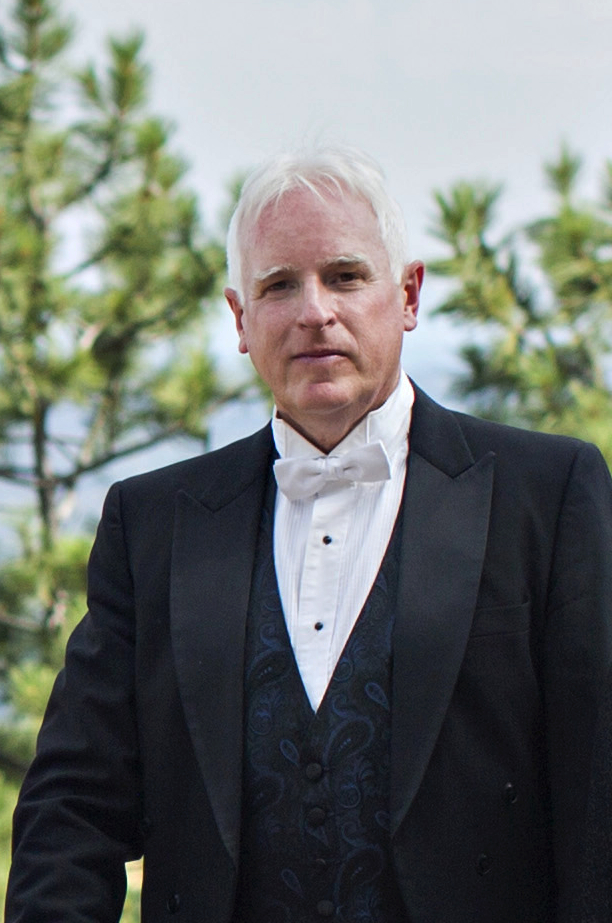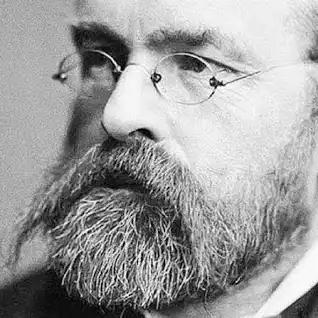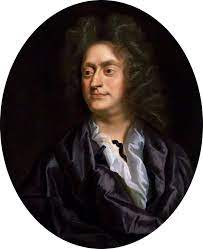Surround Sounds From Ars Nova Singers
A preview By Marc Shulgold
Four centuries before we tried to rewire our stereos to replicate quadraphonic effects, a couple of Renaissance composers had their singers create it live. An Italian named Alessandro Striggio (1540-92) and an Englishman, Thomas Tallis (1505-85) composed choral works for 40 spread-out singers. And get this – one to a part. Yes, 40 different musical lines.
Tom Morgan, founder/artistic director of Ars Nova Singers, is quite familiar with both works, particularly Tallis’ magnificent Spem in alium, having conducted the 10-minute piece six times dating back to 1988. Number seven will occur February 9 and 11 as the centerpiece of a mostly-Renaissance program presented in Boulder and Denver.
“I guess because we’ve sung it that much, the preparation is a little easier now,” he said. Still, the idea of keeping watch over 40 wrap-around singers as they deliver their own music, all while making sure the whole thing makes sense to listeners has to be one giant challenge. How does he manage it? Simple, Morgan replied.
“I made a list of key (vocal) entrances. A sort of cheat sheet. There are actually lots of little cues. The piece was originally sung in an octagonal room, and the music kind of moves around in a semi-circle. It sweeps around one way and comes back the other. Everyone finally comes in together at the 40th measure.” No coincidence there, of course. Numbers were a big deal back then.
There is conjecture that the piece was composed for Queen Elizabeth I’s 40th birthday, which would have been 1573. But there are other theories for the creation of Spem in alium (meaning “Hope in any other”). Here’s where that Italian fellow comes in. “It’s known that Striggio had been to England around that time,” Morgan said, referring to the composer’s London visit in 1567. If his 40-voice Mass was performed and was heard by Tallis or made known to him, it might have served as inspiration. “The thought is that Tallis wrote Spem in alium in response, to preserve England’s honor,” the conductor suggested.
As if that surround-sound spectacle isn’t enough of a novelty, the 40 singers of Ars Nova will also sing Tallis’ Lamentations of Jeremiah, and excerpts from the Wedding of Ferdinando De Medici Christine de Lorraine, Princess of France (1589) by two little-known Italian composers. Those require only 30 voices. Speaking of big works, the program ends with Josef Rheinberger’s rarely heard 1878 Mass in E-flat for Double Chorus. “It’s been on my radar for a long time,” Morgan noted.
But there’s more unusual repertory in store: two vocal works by Henry Purcell, one featuring Szilvia Schranz (her father Károly was a founding member of the Takacs Quartet). Finally, how about two musical puzzles? “We’ll do one by Tallis,” the conductor said. “Miserere nostri is a canon that’s sung in four different speeds at the same time. Don’t worry, I’ll give a brief explanation. The other is William Byrd’s Diliges Dominum for eight singers. They’ll hold a single page of music, two on each side, two singing while viewing it upside down. But they make wonderful music.”
The same can be said of the whole program, it seems.
Ars Nova presents Rebirth at 7:30 p.m. Friday, February 9 at Mountain View United Methodist Church, Boulder; and at 2:30 p.m. Sunday, February 11 at Central Presbyeterian Church, 1600 Sherman St., Denver, 80203
Information: ArsNovaSingers.org













